Government Initiatives and Funding
Government initiatives and funding play a crucial role in propelling the Global Neurotechnology Brain-Computer Interface Market Industry forward. Various governments are increasingly investing in research and development to foster innovation in neurotechnology. For instance, funding programs aimed at enhancing brain-computer interface technologies are emerging in several countries, promoting collaboration between academia and industry. This support is vital for accelerating the development of new applications and improving existing technologies. As a result, the market is expected to witness substantial growth, with projections indicating a rise from 2.89 USD Billion in 2024 to 20 USD Billion by 2035, reflecting a robust CAGR of 19.23% from 2025 to 2035.
Rising Demand for Assistive Technologies
The demand for assistive technologies is significantly influencing the Global Neurotechnology Brain-Computer Interface Market Industry. As populations age and the prevalence of disabilities increases, there is a growing need for solutions that enhance communication and mobility for individuals with severe motor impairments. Brain-computer interfaces offer unique capabilities, enabling users to control devices through thought alone. This demand is further amplified by societal shifts towards inclusivity and accessibility, driving innovation in neurotechnology. Consequently, the market is poised for remarkable growth, with projections indicating an increase from 2.89 USD Billion in 2024 to 20 USD Billion by 2035, suggesting a compound annual growth rate of 19.23% from 2025 to 2035.
Technological Advancements in Neurotechnology
The Global Neurotechnology Brain-Computer Interface Market Industry is experiencing rapid growth due to significant technological advancements. Innovations in signal processing, machine learning, and neuroimaging techniques are enhancing the efficacy and usability of brain-computer interfaces. For instance, developments in non-invasive methods are making these technologies more accessible to a broader population. As a result, the market is projected to reach 2.89 USD Billion in 2024, with expectations of reaching 20 USD Billion by 2035. This growth trajectory, characterized by a compound annual growth rate of 19.23% from 2025 to 2035, underscores the potential of these advancements in transforming healthcare and assistive technologies.
Increasing Prevalence of Neurological Disorders
The rising incidence of neurological disorders is a pivotal driver for the Global Neurotechnology Brain-Computer Interface Market Industry. Conditions such as stroke, epilepsy, and neurodegenerative diseases are becoming more prevalent, necessitating innovative treatment solutions. For example, the World Health Organization indicates that approximately 1 in 6 people will experience a neurological disorder at some point in their lives. This growing patient population is likely to fuel demand for brain-computer interfaces, as they offer promising avenues for rehabilitation and improved quality of life. The market's expansion is further supported by the anticipated growth from 2.89 USD Billion in 2024 to 20 USD Billion by 2035.
Expanding Applications in Gaming and Entertainment
The Global Neurotechnology Brain-Computer Interface Market Industry is also being driven by expanding applications in gaming and entertainment. As the gaming industry evolves, there is a growing interest in immersive experiences that integrate brain-computer interfaces. These technologies allow players to interact with games using their thoughts, creating a more engaging and personalized experience. Companies are increasingly exploring these applications, leading to innovative products that cater to consumer demands. This trend is likely to contribute to the market's growth, with projections indicating an increase from 2.89 USD Billion in 2024 to 20 USD Billion by 2035, reflecting a compound annual growth rate of 19.23% from 2025 to 2035.


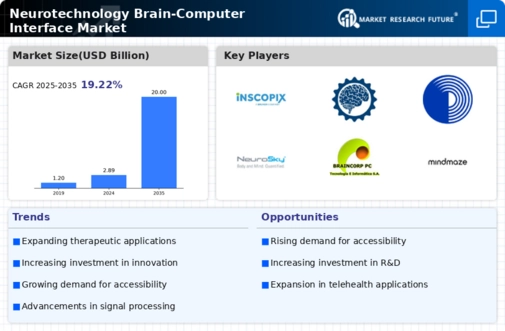
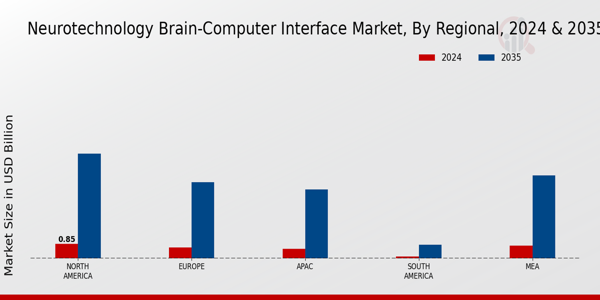

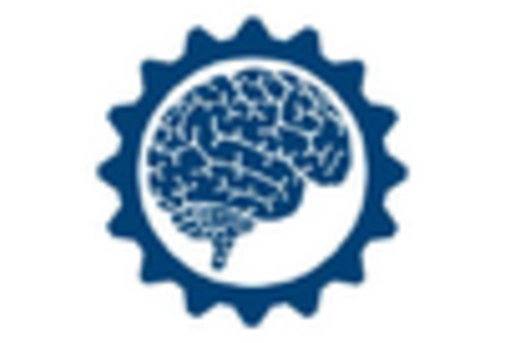
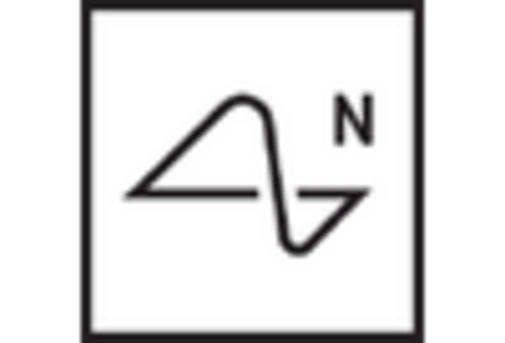
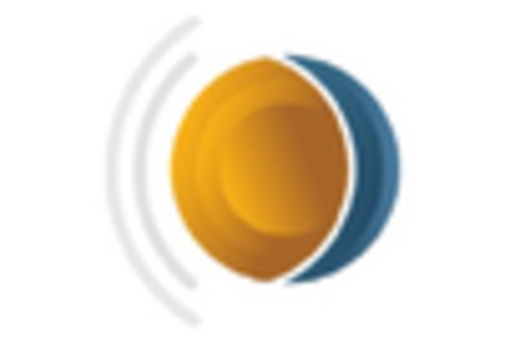
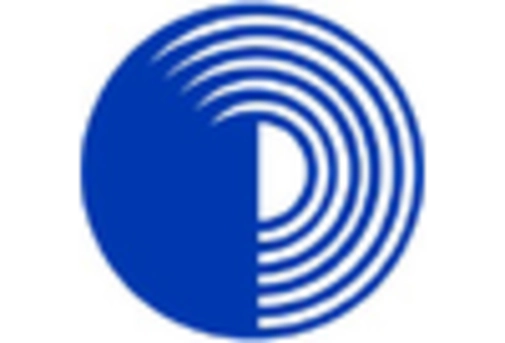

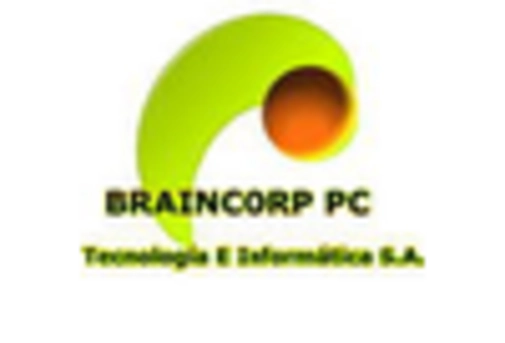

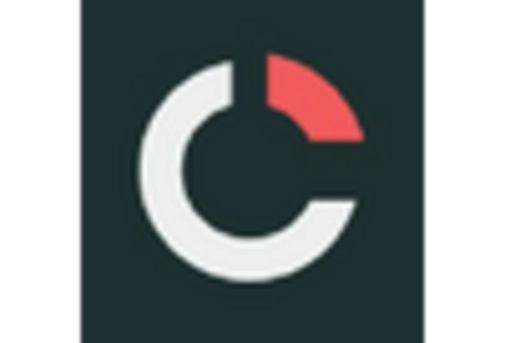










Leave a Comment